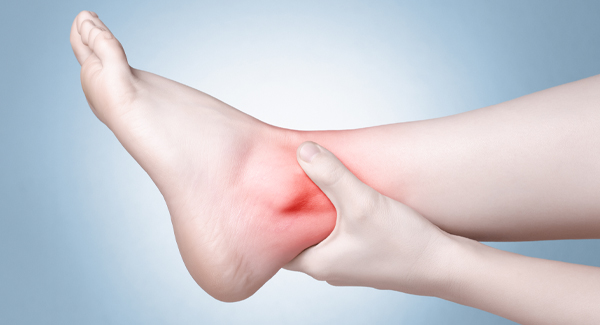Arthroscopy Not Recommended for Arthritis
About a million knee arthroscopies are performed each year in the United States, at a cost of more than $3 billion. However, in current guidelines, these surgeries are no longer recommended for osteoarthritis (OA) of the knee or several other degenerative knee diseases.
How is OA Treated?
End-stage OA often leads to knee replacement. Early conservative treatment includes weight loss if needed, plus exercise, physical therapy, oral or topical pain drugs and injections of corticosteroids or hyaluronic acid. In some cases, if symptoms continue and become more troubling, surgeons may do arthroscopic knee surgery.
What is Arthroscopy?
With this type of surgery, a surgeon makes three or four small incisions around the knee then inserts a camera to see inside the joint and uses small instruments to make repairs. Arthroscopy is primarily used to remove loose debris and/or repair or remove part of a damaged meniscus – the C-shaped cartilage pad between the thighbone and shinbone.
Why not for OA?
The intent is to improve pain and function, but research shows most OA patients do not benefit from the surgery. Studies have found that knee arthroscopy usually does not relieve pain, and any pain relief a patient does get is short-lived. And while complications from arthroscopy are rare, they can be serious, including blood clots and infections. There is also a relatively long recovery time (two to six weeks) and limited mobility after surgery.
Who Might Benefit?
A possible exception to this recommendation is for patients who have a fully locked knee and aren’t able to completely straighten it. In some cases, it can also help those with meniscal tears or loose bone or cartilage fragments.
How to Decide
Individualized decision-making must be made for and with each patient, and factors determining a successful outcome must be weighed in each case. Because these guidelines aren’t binding, it will continue to be up to patients and their doctors to decide whether the patient really needs or wants arthroscopy.
OA in the U.S.
- 31 million people in the U.S. with OA, It is the most common type of arthritis.
- 14 million are estimated to have symptomatic knee OA
- 25 percent of people age 50 and older who have knee OA
Stay in the Know. Live in the Yes.
Get involved with the arthritis community. Tell us a little about yourself and, based on your interests, you’ll receive emails packed with the latest information and resources to live your best life and connect with others.

